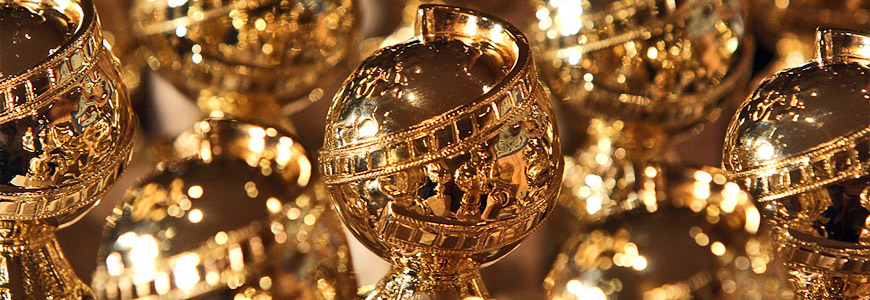
Golden Globes Time's Up
Red Carpet
This Golden Globes red carpet was not a fashion show, but a
show of power. The cynics dismissed a black dress code as a lazy form of
protest against harassment and gender inequality, but when it happened, many of
those watching felt the impact. With an almost airtight blackout and a sea of
Time’s Up pins, the images from this year’s ceremony spoke of women in terms of
power and solidarity rather than glamour or competition.
This was a brilliant kind of blackout. Angelina Jolie was seen in feather-trimmed black tulle, arm-in-arm with her teenage son Pax wearing his Time’s Up pin barge. Reese Witherspoon and Emma Stone stood shoulder to shoulder with Billie Jean King, founder of the Woman’s Tennis Association, whom Stone portrays in the Battle of Sexes. Claire Foy and Matt Smith (Doctor Who), stars of The Crown, wore matching tuxedos; Laura Dern, in black Armani, stood with Monica Ramirez, a campaigner who fights sexual violence against farmworkers.
This was not so much a silent protest as multimedia one.
Natalie Portman inserted two pointed words “all-male” into the list best director
nominees she read out on stage; she also, like many other female attendees, chose
to be photographed on the red-carpet arm in arm with other women, rather than boxed
by her husband.
Meryl Streep, who planted a red-carpet kiss on Ai-jen Poo, director of the National Domestic Workers Alliance, was one of many who chose to wear black and to bring a female activist as a date. This, along with the “reverse-Handmaiden” effect of the black dresses, applied a Bechdel-test rigour to the notion, apparently revolutionary in Hollywood, that women might have a significance beyond their status as lust objects or trophy wives. Many male attendees swapped their white shirts for black, and thrust their Times’ Up pins eagerly toward every camera. Caleb McLaughlin, 16-year-old star of Stranger Things, looked particularly dapper in a black polo neck under his tux. But this night wasn’t about them.
Most actors chose relatively sober silhouettes. Belted and
structured dresses were a theme, while forth and frills were notable by their
absence, at least at leadership level among the power players. Exaggerated
thigh-high splits and ultra-low necklines were less in evidence. The post-Weinstein
fallout has coloured every nuance of life in Hollywood, and red-carpet
interviews found themselves gingerly side stepping the issue of who looked sexy.
The unspoken conundrum of this red carpet was whether a glitzily saucy black
dress was as in-step with a dress code as, say, Gal Gadot’s tuxedo-inspired Tom
Ford gown. There are complexities as to how sexiness can be safely handled. But
just as everyone agrees it should still be perfectly possible for two
consensual adults who fancy each other in a workplace to find their way to
romance, so do we know that it should be quite straightforward for an actor who
chooses to wear a sexy dress on the red carpet to do so. It’s just that we
haven’t quite figured out how to unpick this stuff, yet. After all, as the
aphorism sometimes attributed to Oscar Wilde says, “everything in the world is
about sex except sex. Sex is about power.”
The designer Prabal Gurung, who dressed Kerry Washington and
Issa Rae, told Harper’s Bazaar during the run-up to the event that fashion was
“proving it can be an important factor in communicating powerful values and
ideals … when future generations look back on this watershed moment, I hope
they will realise that fashion served a crucial role in conveying this powerful
message, and that fashion is no longer just about beauty and glamour.” As the
great Yves Saint Laurent, master of the LBD, put it, “a woman in a black dress
is a pencil stroke”. What was written on the red carpet was clear: for the
women of Hollywood, business as usual is not an option.
